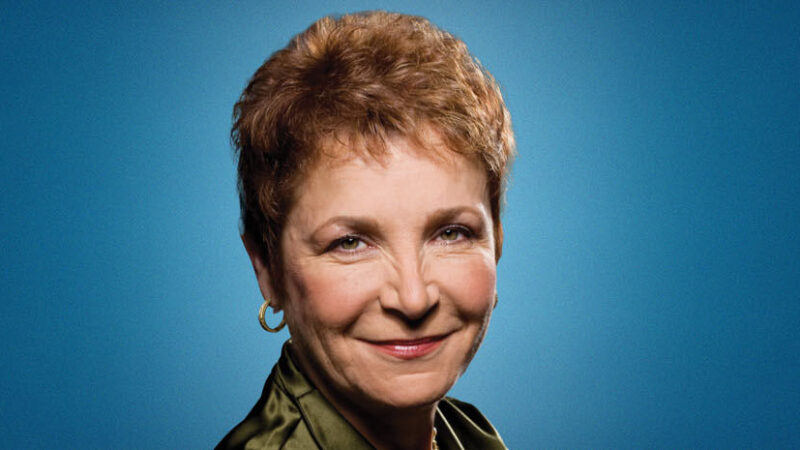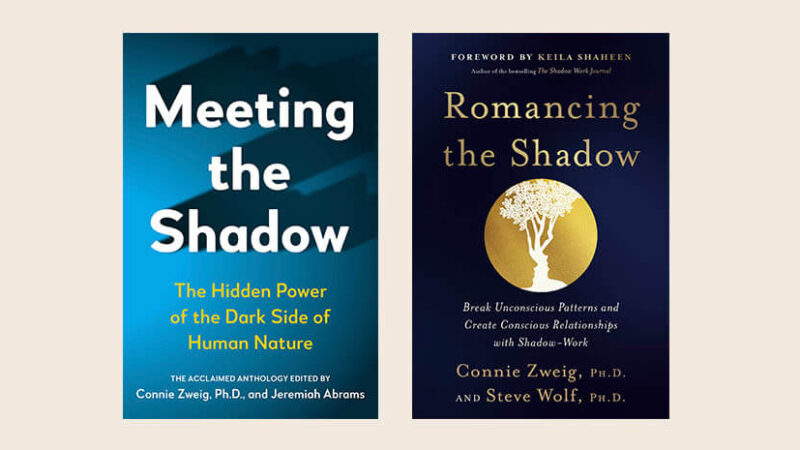Taking the Small Stuff in Stride

Especially during the holidays, it’s helpful to have a good perspective and take things in stride. Here, Lama Surya Das shares some of his favorite remindfulness practices for keeping the big picture in focus:
My own practice for not sweating the small stuff entails utilizing a few homemade quotes and potent slogans that speak to me. I keep yellow sticky notes and index cards on my desk, bathroom mirror, dashboard, wallet, and computer. I practice what I call remindfulness by remembering to look at these handwritten adages; they help me recall what is important in the bigger picture and in the long run — my values, principles, vows, practices, and goals. I let the wisdom of these maxims sink in, inevitably defusing the situation before it gets anywhere near out of hand.
Among these potent pointers, here are my favorite:
- “This too shall pass.”
- This slogan reminds me to practice patience, acceptance, and forbearance in the face of irritation and disappointment. I also remember to stay in touch with the long view, because things are cyclic and nothing happens without causes, even if not immediately apparent to me.
- “How much will this matter to me a year or two from now?”
- I also like to echo the Diamond Sutra, the world’s oldest printed book, which quotes Buddha saying: “See things as like a dream, a fantasy, a mirage.”
- I usually add the word sitcom or movie, just for fun. This traditional Dharma teaching helps me remember to regard everything as like rainbows or the divine dance of illusion. It helps me take things a lot less seriously and leave room for my inner child and little Buddha within to stand up, play, dance, and sing.
Probably the most effective, practical yoga and meditation-related maxim is this:
- “Breathe, relax, center, and smile. Nothing is as important as it seems at this moment.”
- That really cools my jets, and allows for more intelligent decision-making and clear-headed thinking to proceed.
I’ve gotten my friend Amelia into the habit of singing (often in her head) the great nursery-rhyme mantra guaranteed to defuse any difficult situation:
- “Row, row, row your boat, gently down the stream. Merrily, merrily, merrily, merrily, life is but a dream.”
If I have a good amount of time and feel inspired to co-meditate with the Masters for further spiritual relief and sustenance — perhaps when I’m sitting in a waiting room at the airport or somewhere — I either close my eyes and chant Tibetan mantras and prayers to myself, so only my collar can hear it (as Dudjom Rinpoche once advised), or I recite Buddha’s Metta Sutra (Maitri or Loving- Kindness Sermon) which includes the line:
- “May all beings be happy and at ease!”
Or I might take St. Francis of Assisi’s Peace Prayer out of my wallet and read:
- “Make me an instrument of your peace . . .”
I invite you to try my small-stuff slogans out, one at a time, and see how they work for you. Or find other one-liners and make up your own.
Looking for more great reads?
Excerpted from Make Me One with Everything by Lama Surya Das
 Lama Surya Das is one of the most learned and highly trained American-born lamas in the Tibetan Dzogchen tradition. He is the founder of the Dzogchen Center in Cambridge, Massachusetts and Austin, Texas, and the author of many books, including Awakening the Buddha Within. For more, visit surya.org.
Lama Surya Das is one of the most learned and highly trained American-born lamas in the Tibetan Dzogchen tradition. He is the founder of the Dzogchen Center in Cambridge, Massachusetts and Austin, Texas, and the author of many books, including Awakening the Buddha Within. For more, visit surya.org.










